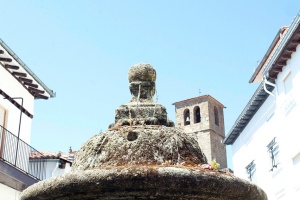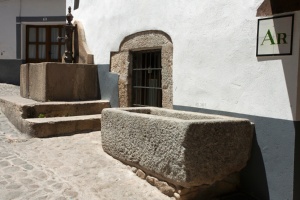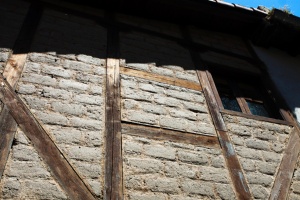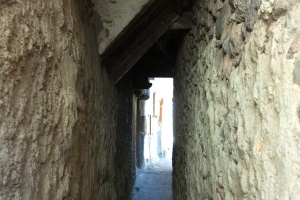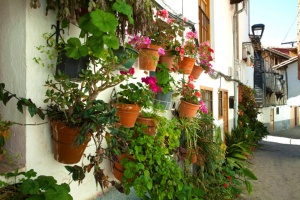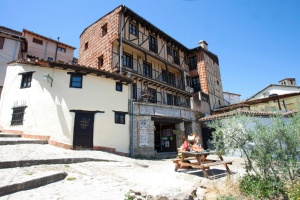Art and culture
The Jewish Quarter in Hervás
The influence of the Jewish people who lived in this town five hundred years ago can still be felt in its streets, fiestas and gastronomy.
- Explore
- The Jewish Quarter in Hervás
Narrow streets and fine gastronomy that take you back to another time and culture.
Location and Contact:
- Contact person: Oficina de turismo de Hervás
- Tel.:+34 927 47 36 18
- Email: oficina.turismo@hervas.com
- Website address: www.turismodehervas.com
- Facebook: https://www.facebook.com/turismo.dehervas
- Twitter: https://twitter.com/Turismodehervas
-
The influence of the Jewish people who lived in this town five hundred years ago can still be felt in its streets, fiestas and gastronomy.
Included in the Network of Jewish Quarters in Spain, this architectural site dates back to the 13th century and has been declared a site of historic interest.
The Jewish Quarter in Hervás is made up of a series of steep, narrow streets lined with houses that have large overhangs and are made from local materials, leading down from the Plaza to the Ambroz river and the medieval stone bridge known as Puente de la Fuente Chiquita.
A stroll through the narrow streets of the Jewish Quarter is like stepping back in time, while you can also sample some of the excellent local wine and browse the local handicrafts made from wood, leather, wrought-iron and glass.
If you come in early July, you'll be able to enjoy the fiesta known as Los Conversos, when you can try some typical Sephardic dishes and traditional sweet treats. -
- Origin:
-
- 13th century
- Construction:
- Art period:
-
- Mudejar
- Official name :
-
- Historic-artistic site
Gallery:
More suggestions
-

Baños de Montemayor
The charming town of Baños de Montemayor lies in the north of the province of Cáceres, close to the Silver Route.
-
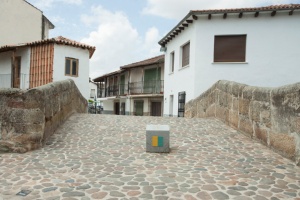
Aldeanueva del Camino
Aldeanueva del Camino lies in the Valle de Ambroz in the heart of the Silver Way in the north of the province of Cáceres.
-
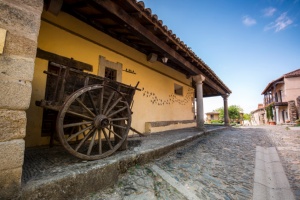
Granadilla
It was evacuated after being declared a flood risk area, currently the village is being rehabilitated to return it to its former glory.
-
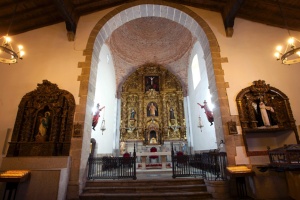
Parish Church of San Lorenzo
16th century Baroque architectural monument, noteworthy for its high tower and its Baroque organ.
-
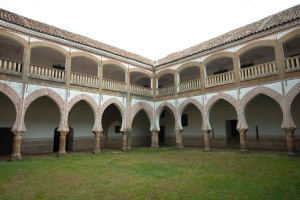
Palace of the Duques de Alba
The walls of the palace of the Duques de Alba, in the town of Abadía in Cáceres province, was visited by numerous 16th-century monarchs and poets who enjoyed the beauty of its important Renaissance gardens.
-
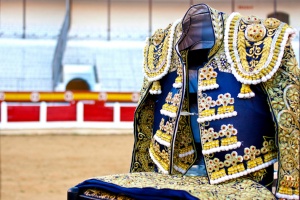
Hervás Bullring
This magnificent bullring is hidden in the heart of a chestnut wood.
-

Navaconcejo Bullring
The Navaconcejo bullring was inaugurated in 1995 as a response to the bullfighting tradition of this municipality in Cáceres.
-

Zarza de Granadilla Bullring
Renowned bullfighters have performed in this small, modern bullring.
-
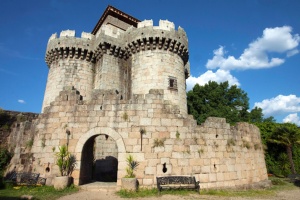
Granadilla Castle
Probably built by order of the Great Duke of Alba, Granadilla Castle is, without a doubt, a singular piece of architecture.
-
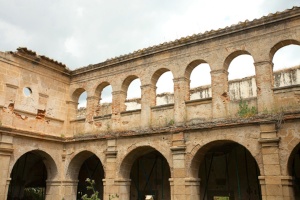
Convent of the Bien Parada
The visitor who comes to Abadía will be impressed by the austerity of this convent and the simplicity of its construction.
-

Garganta de los Infiernos
The Garganta de los Infiernos Natural Reserve is included within the "Protected Natural Areas of Extremadura Network".
-
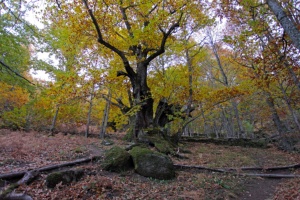
The Temblar chestnut trees
This natural space consists of five ancient chestnut trees on an old farm close to Arroyo del Temblar
-
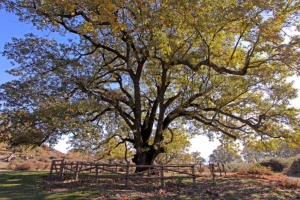
The Acarreadero oak tree
The Romanejo oak tree has been awarded the title of a Unique Tree because of its imposing stature and the awesome volume of its canopy

